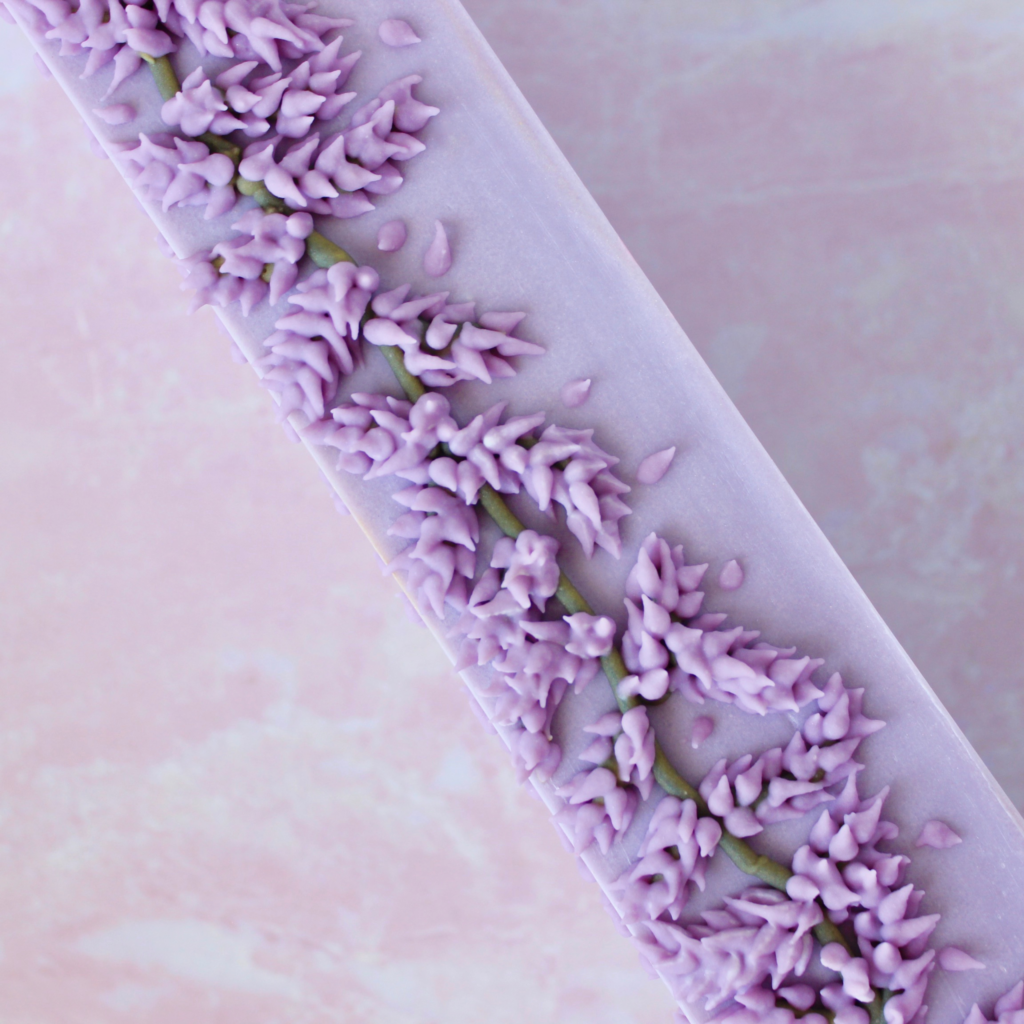The Truths and Lyes of Handmade Soaps: Decoding Sodium Hydroxide
In recent years, handmade soaps have gained popularity for their perceived natural and chemical-free appeal. However, amid the growing interest, misinformation about key ingredients like sodium hydroxide has also spread. Let’s unravel the truths and debunk the myths surrounding handmade soaps.

The Role of Sodium Hydroxide
Sodium hydroxide is commonly known as lye. Yes, the same chemical lye that we use in drain cleaners. Most artisans rely on food grade or soap industry versions though, opposed to the commercial brands you see at big box home improvement stores. It’s a crucial component in the soap-making process. It’s used to saponify oils and fats, turning them into soap. Some misinformation suggests that sodium hydroxide is harmful in the final product, but in reality, it undergoes a chemical reaction during soap formation, leaving no trace in the finished product.
Myth: Handmade Soaps Contain Residual Sodium Hydroxide
Fact: Properly crafted handmade soaps go through a curing process, ensuring that any residual sodium hydroxide is neutralized. This meticulous method guarantees a safe and gentle end product.

Myth:Melt and Pour Soaps are “Lye Free”
Fact: Melt and pour soap bases are premade soap formulations that come in a melt-able form. Crafters can customize these bases by melting, adding fragrances, colors, and other additives, and then molding them into various shapes. While the process skips the traditional saponification reaction involving sodium hydroxide, the base itself often contains a form of lye during its initial production.
Calling melt and pour soap “lye-free” can be misleading. The truth is that the soap base, unless a detergent, used in this process was initially made using sodium hydroxide or other form of alkaline chemical. While crafters may not directly handle lye during their customization, it’s essential to recognize that the base itself underwent saponification with lye in its manufacturing stage.
Debunking Safety Concerns
False claims often circulate about the safety hazards of sodium hydroxide in soap. It’s essential to understand that the chemical is used in a controlled manner during soap-making, and once the saponification process is complete, it poses no risk to the user.

Choosing Quality Handmade Soaps
To ensure you’re getting a quality handmade soap, look for transparent labeling and check if the soapmaker follows proper soap-making practices. Whether the handmade soap is hot processed, cold processed, or melt and pour, reputable artisans provide information on ingredients, including sodium hydroxide, demonstrating a commitment to transparency. Acknowledging the presence of lye in soap during its production helps dispel the misconception that it isn’t safe or of it being entirely “lye-free.”

Understanding the role of sodium hydroxide in handmade soaps is crucial for dispelling myths and making informed choices. Embrace the benefits of handmade soaps crafted with care, appreciating the science behind the soap-making process while enjoying a more natural and nourishing skincare experience.

